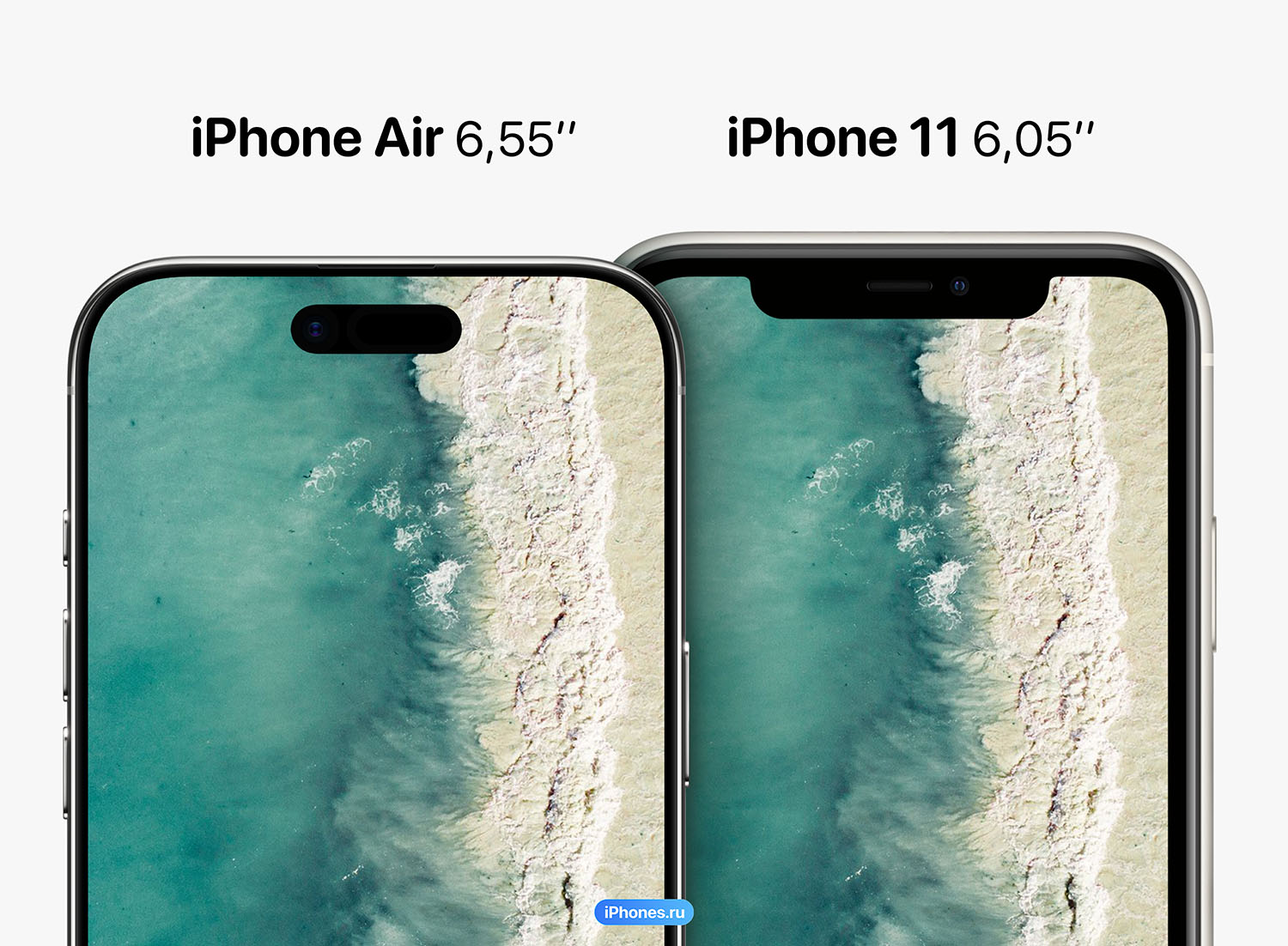Comet dust differs from asteroid dust in that its particles have a loose and porous structure. Asteroid particles are dense and hard. There is also dust from effects such as explosions on cosmic objects or abrasion caused by objects entering the atmosphere. These particles may contain gas bubbles and cracks that help scientists distinguish their origins.
Further development of the technique could help study interstellar objects. A striking example is the discovery of nickel films in dust associated with the Chulym cosmic body. As Vladimir Tselmovich, one of the leading researchers of the Borok Geophysical Observatory, said, pure nickel cannot form in the earth’s crust, which attracted the attention of scientists. This discovery was related to the detection of spectral lines composed of nickel and iron in the trail of Comet Borisov, the first interstellar object studied by astronomers.
Russian scientists suggest that nickel films could be signs of interstellar comets and open new horizons for space exploration.
Source: Ferra
I am a professional journalist and content creator with extensive experience writing for news websites. I currently work as an author at Gadget Onus, where I specialize in covering hot news topics. My written pieces have been published on some of the biggest media outlets around the world, including The Guardian and BBC News.












